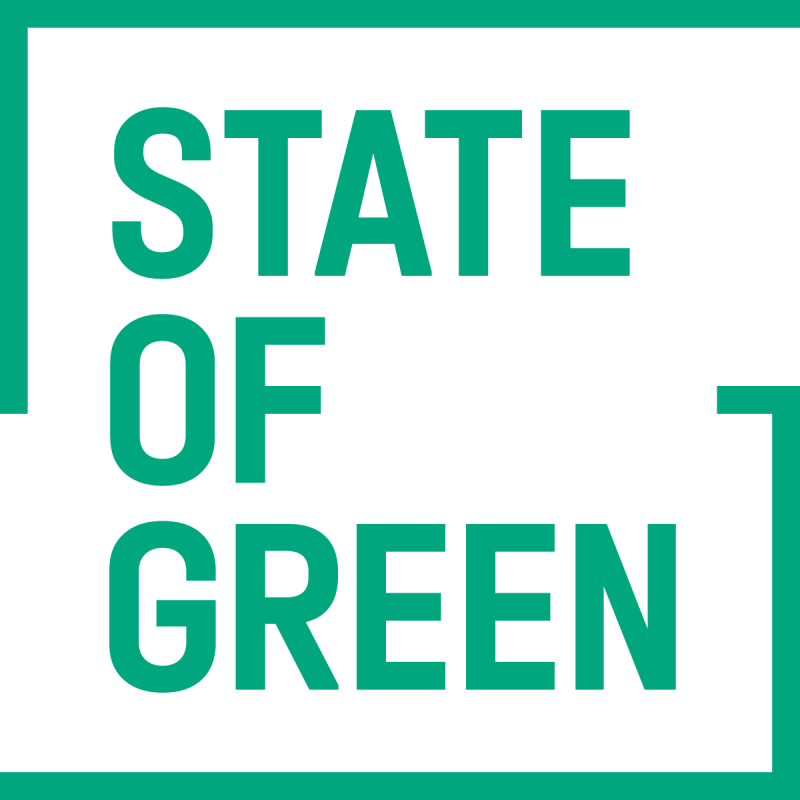Perspective
Green Shipping
Propelling the global deployment of offshore wind energy


In 1972, Denmark started a systematic exploration of oil and gas resources in the North Sea. Two decades later, as the shift from fossils to renewables gained pace, Denmark was the first country in the world to build an offshore wind farm.
Today, a global leader in the offshore wind industry, Denmark, the International Renewable Energy Agency (IRENA), and the Global Wind Energy Council (GWEC) founded the Global Offshore Wind Alliance (GOWA), where a large group of countries agreed to a rapid ramp-up of global offshore wind capacity to at least 380 GW by 2030.
In Europe alone, the Baltic Sea is estimated to have an offshore wind potential of 93 GW, whereas the North Sea’s inherent potential is underpinned by its neighbouring countries’ aim to harvest 300 GW of windenergy by 2050.Unlocking this immense capacity in Europe’s two largest basins for offshore wind deployment and across the world’s oceans requires unprecedented collaboration between governments and industries. In realising the rollout and ensuring that communities are supplied with clean electricity to develop local economies and boost industrial growth, the Danish shipping industry brings forward 50 years of hands-on experience in complex operations at sea.
Expertise across the value chain
As the global demand for clean energy leads to a shift from oil and gas extraction to harnessing offshore wind power, specialised shipping operators and vessels are crucial. Offshore wind vessels and partners provide the transportation of service technicians, crews, foundations, building materials, turbines, and substations out to sea. However, they facilitate not only transportation but also the installation.
Industry players, such as Cadeler and Maersk Supply Service, have revolutionised the offshore wind industry by offering expertise in all aspects from farm construction and maintenance to decommissioning. Amongst other innovative methods, Maersk Supply Service has designed and commissioned a first-of-its-kind Wind Installation Vessel (WIV) making installations of bottom-fixed offshore wind turbines up to 30 percent faster than the conventional jack-up method. Looking ahead, the maritime transportation and services sector remains central in all phases of the offshore wind farm life cycle as well as in the generation of new fuels and expansion to new markets.















